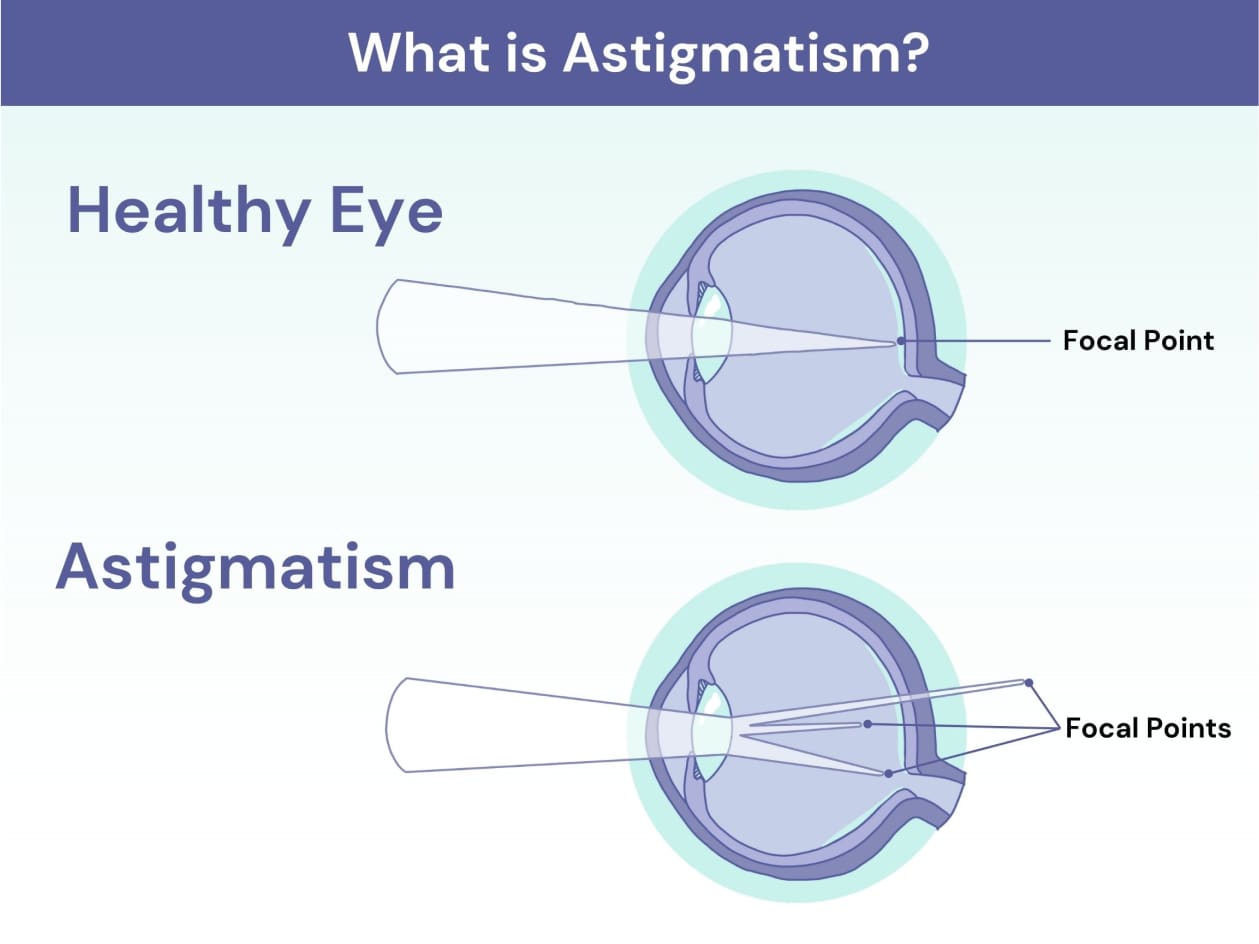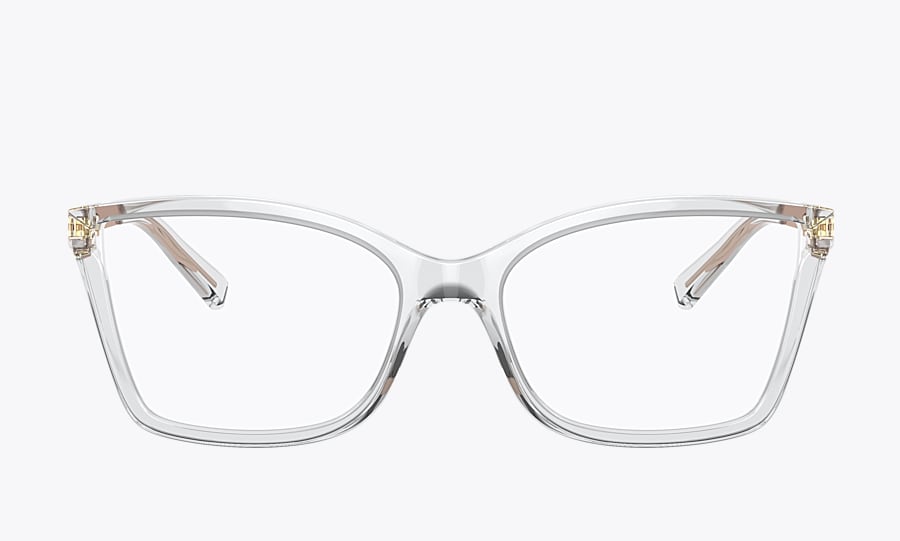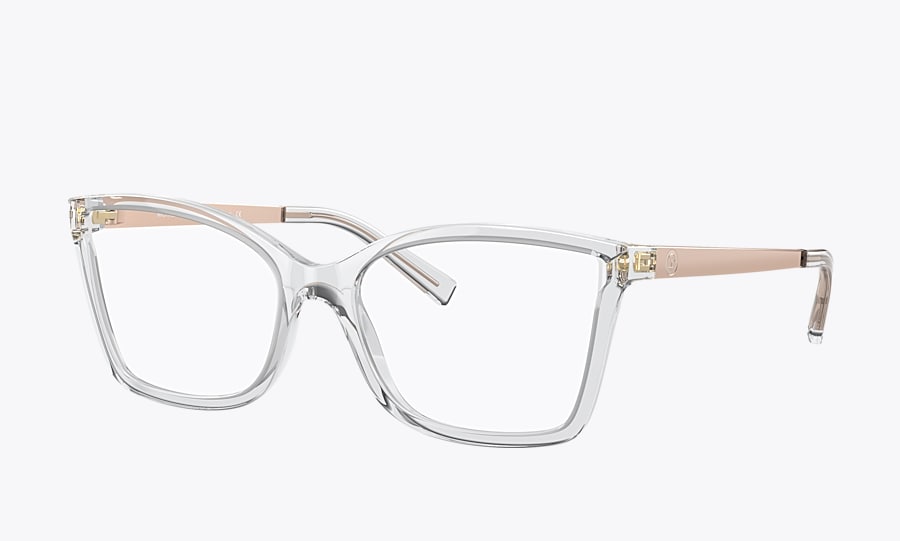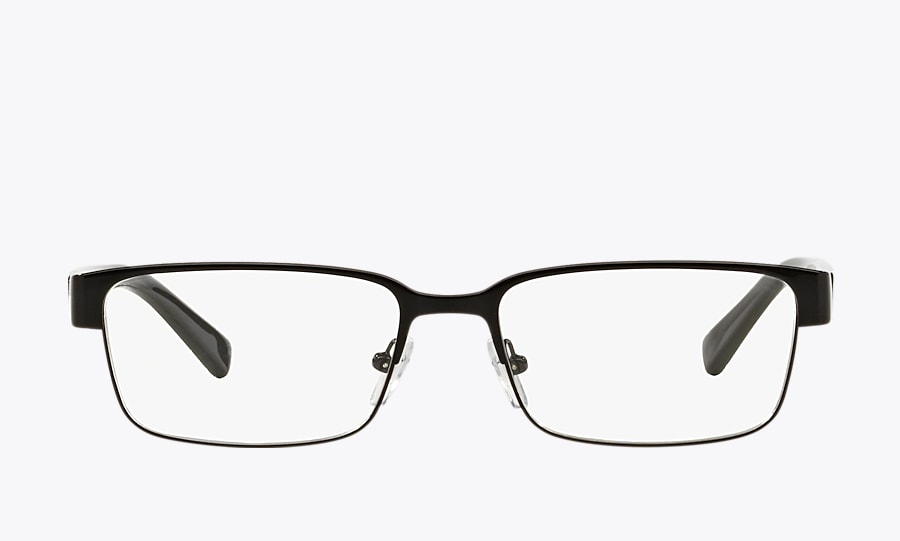
Astigmatism is a refractive error that causes blurred vision from any distance, whether near or far. The most common type of astigmatism occurs when the cornea (the clear front surface of the eye), which is normally perfectly round, is shaped more like a football.
The clarity of your vision depends on how well light passes through the cornea and the lens (a structure behind the cornea) and makes its way to the retina. The retina is a light-sensitive tissue located at the back of the eye. Light focuses directly on the retina in perfect vision.
But if either the lens or cornea have an irregular curve to their shape, light moves differently throughout the eye and it does not focus on the retina. As a result, you experience blurred vision.
Astigmatism can happen in both eyes or in one eye only. The severity can also vary — some people may have extreme astigmatism while others experience only mild symptoms.
Correcting astigmatism is done with glasses, contact lenses or surgery, depending on the case.
What Is a Refractive Error?
Aside from astigmatism, there are three other common refractive errors. There’s myopia (nearsightedness), which causes blurred vision at far distances. There’s also hyperopia (farsightedness), which causes blurred vision at near distances. Presbyopia (age-related farsightedness) is another refractive error that causes near-vision problems as you get older.
How Do the Different Types of Refractive Error Affect Vision?
Refractive errors occur when the shape of your eyeball doesn’t bend light so that it lands directly on the retina. If light doesn’t pass through your eye the way it’s supposed to, it produces a blurred image. Depending on the shape of your eyeball, the blurred image can occur at near distances, faraway distances or both.
Myopia (nearsightedness) commonly occurs when the eyeball is too long. Instead of being perfectly round, the eyeball resembles more of an oval shape.
With perfect vision, light that enters the eye focuses directly onto the retina (the light-sensitive tissue at the back of the eye). But with myopia, light is focused in front of the retina. This makes objects that are far away appear blurry.
Hyperopia (farsightedness) typically occurs when the eyeball is too short from front to back. The shorter shape causes light to focus behind the retina, and as a result, close-up objects seem blurry.
Presbyopia (age-related farsightedness) occurs when the lens of the eye loses elasticity due to aging. The lens is a crucial part of the focusing process for the eye, so if it loses flexibility, the process becomes more difficult. With this particular condition, it’s the nearby objects that appear blurry.
Presbyopia is a normal part of getting older and it usually occurs at around age 40. It’s corrected with reading glasses, which are available over the counter, or prescription eyeglasses.
Astigmatism is another type of refractive error. It’s possible to have astigmatism and another refractive error (myopia, hyperopia or presbyopia) at the same time, so it’s important to monitor any and all symptoms to ensure you receive the right treatment.
Astigmatism is not considered a normal age-related condition in the same way that presbyopia is.
Each refractive error ranges in severity from patient to patient. Corrective measures may be different for you than they are for other people with the same vision problems.

What Causes Astigmatism?
The cause of astigmatism is sometimes described by eye doctors as the result of a football- or egg-shaped eye.
Experts don’t know for sure what causes astigmatism, but they believe it is likely genetic. The condition is usually present at birth but it’s possible for it to develop over time.
Eye injuries and surgery can also change the shape of the cornea or lens. Astigmatism may be acquired in these cases.
Your eye doctor will check for astigmatism during your annual eye exam.
Types of Astigmatism
There are two major types of astigmatism. One affects the cornea of the eye and the other affects the lens. Since both of these structures contribute to the way light passes through the eyes, both can cause similar symptoms:
- Corneal astigmatism refers to a misshapen cornea.
- Lenticular astigmatism refers to a misshapen lens.
Additionally, astigmatism can be characterized by which axis of the cornea has a steeper (or wider) curve:
- With-the-rule astigmatism is when the vertical axis of the cornea has a steeper curve. Think of this as the football or egg shape sitting sideways.
- Against-the-rule astigmatism is when the horizontal axis of the cornea has a steeper curve. In this form, the football or egg shape sits straight up.
Symptoms of Astigmatism
Someone who has astigmatism may experience the following symptoms:
- Blurred vision at any distance
- Squinting
- Eye strain
- Headaches
- Double vision in either or both eyes
- Poor night vision
How Do Eye Doctors Check for Astigmatism?
Astigmatism is diagnosed by an eye doctor through a comprehensive eye exam. Some tests that may be used to check for astigmatism include:
- Visual acuity test – You’ll be asked to read letters on a chart from close and faraway distances. How well you can identify the letters lets your doctor know how clearly you can see things.
- Keratometry – Using an instrument called a keratometer, your doctor can assess exactly how curved your cornea is.
- Refraction test – Various lenses are placed in front of your eyes and you are asked which lens provides the best clarity.
Additional tests may be performed to record your eyes’ measurements and the way your eyes process light (which contributes to blurriness). Both factors are important in determining the strength and type of the lenses you need.
Can Astigmatism Be Corrected?
Astigmatism is treated with glasses, surgery or contact lenses, though very mild cases may not need correction.
Eyeglasses correct the blurriness that a person with astigmatism experiences. The prescription lenses also correct any nearsightedness or farsightedness that may be present.
Surgery such as LASIK can be performed to reshape the cornea and correct the blurriness caused by astigmatism.
Contact lenses are also used to treat astigmatism, but they must be specially designed to fit the curvature of the cornea. Contact options include:
- Toric lenses are soft lenses made to align or “mold” with the meridians of the cornea. Regular contact lenses rotate with every blink, but toric lenses return to the same position to follow the curve of the cornea.
- Gas permeable lenses are “hard contacts,” so instead of rotating and returning to the curve after you blink like soft lenses, they constantly stay in one place. These lenses are more difficult to get used to, but they sometimes provide better clarity than toric lenses.
- Hybrid lenses include features of both soft toric and hard gas permeable lenses. Softer edges give the wearer comfort, and a hard center provides the clarity of a hard lens.
Because of their specialized nature, contact lenses for astigmatism are often more expensive than regular contact lenses.
When to See a Doctor
Speak with your eye doctor if you believe you may have astigmatism. If you have been recently diagnosed with astigmatism, your doctor can help you make the best decision for your vision needs.
Be sure to follow up with your eye care provider on a yearly basis, as vision can change over time.



















